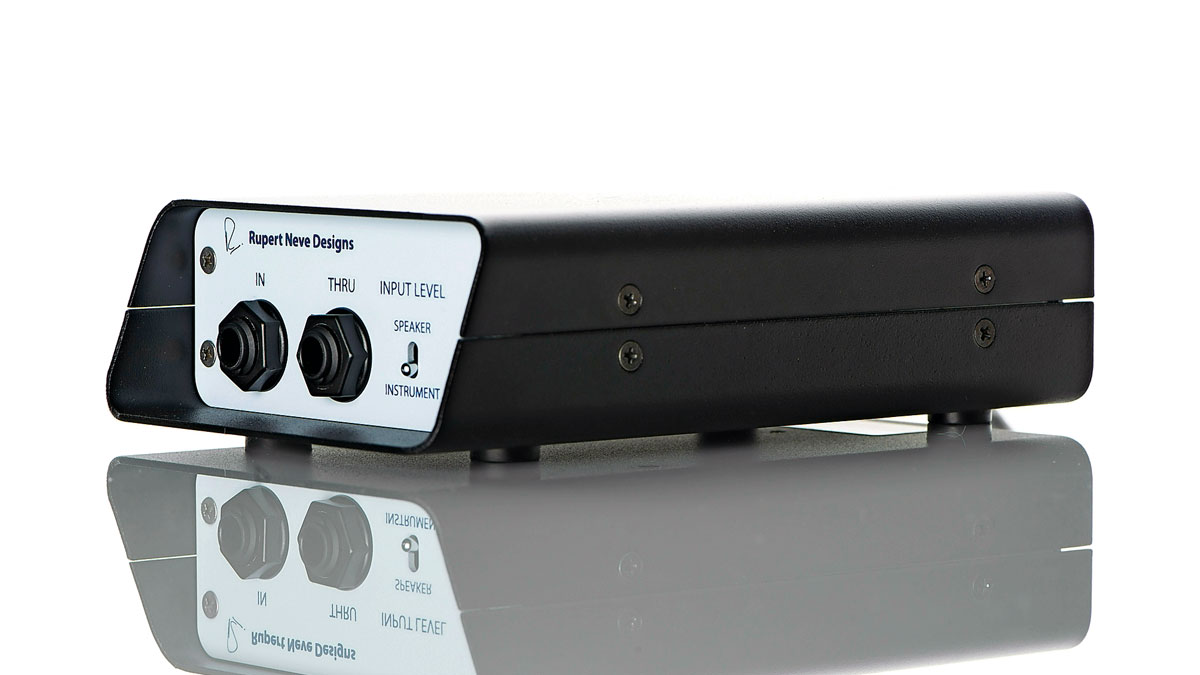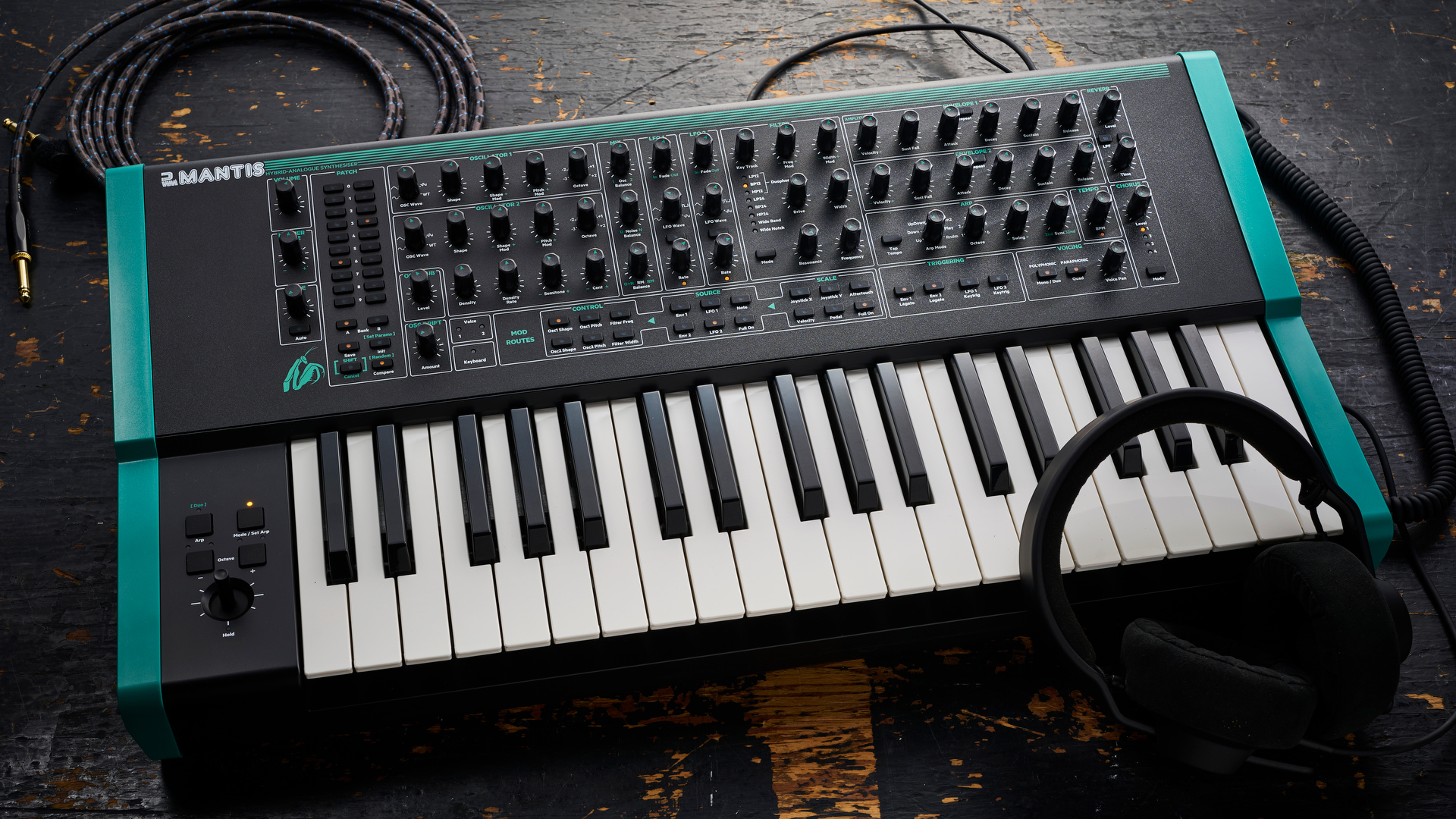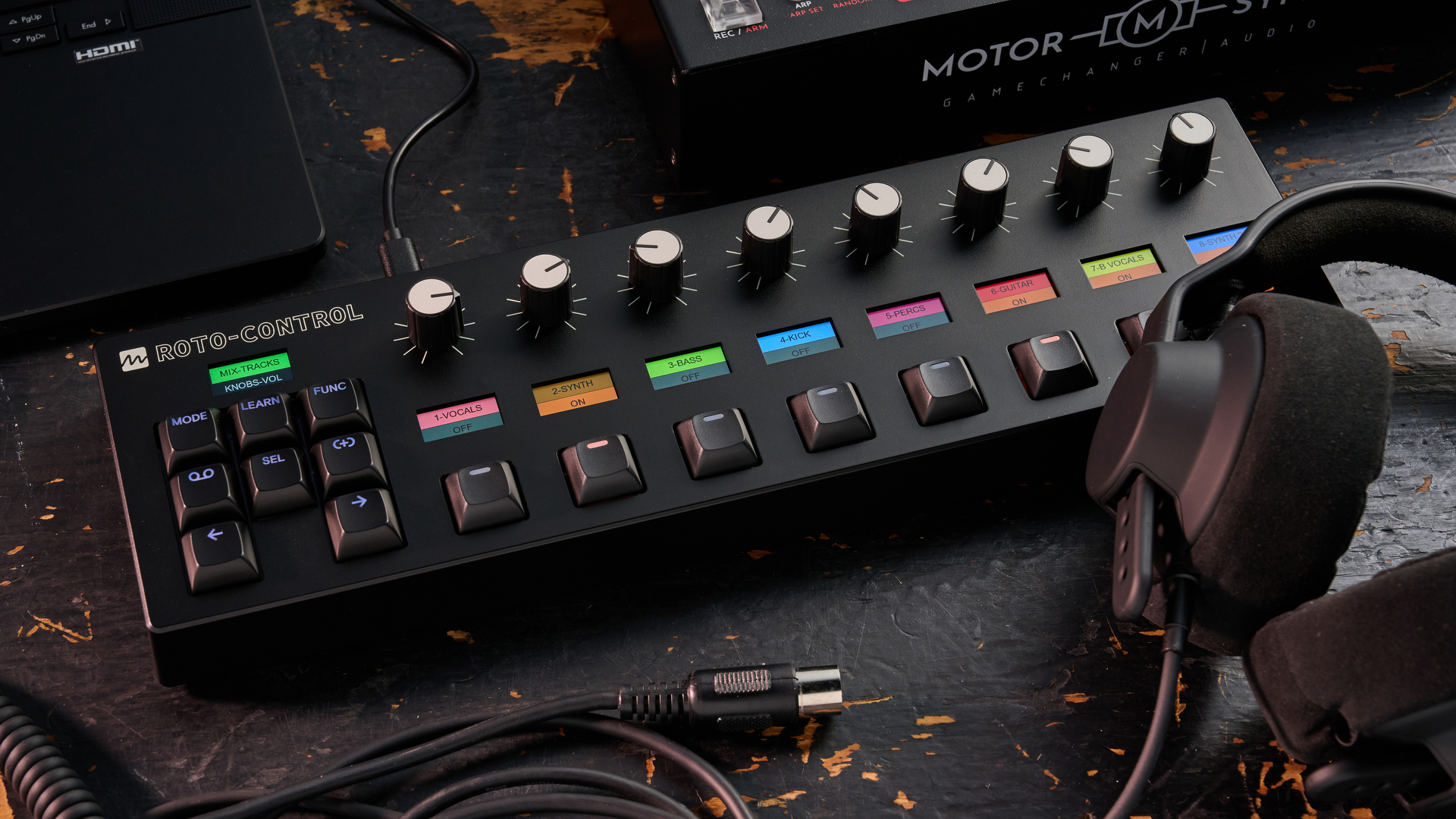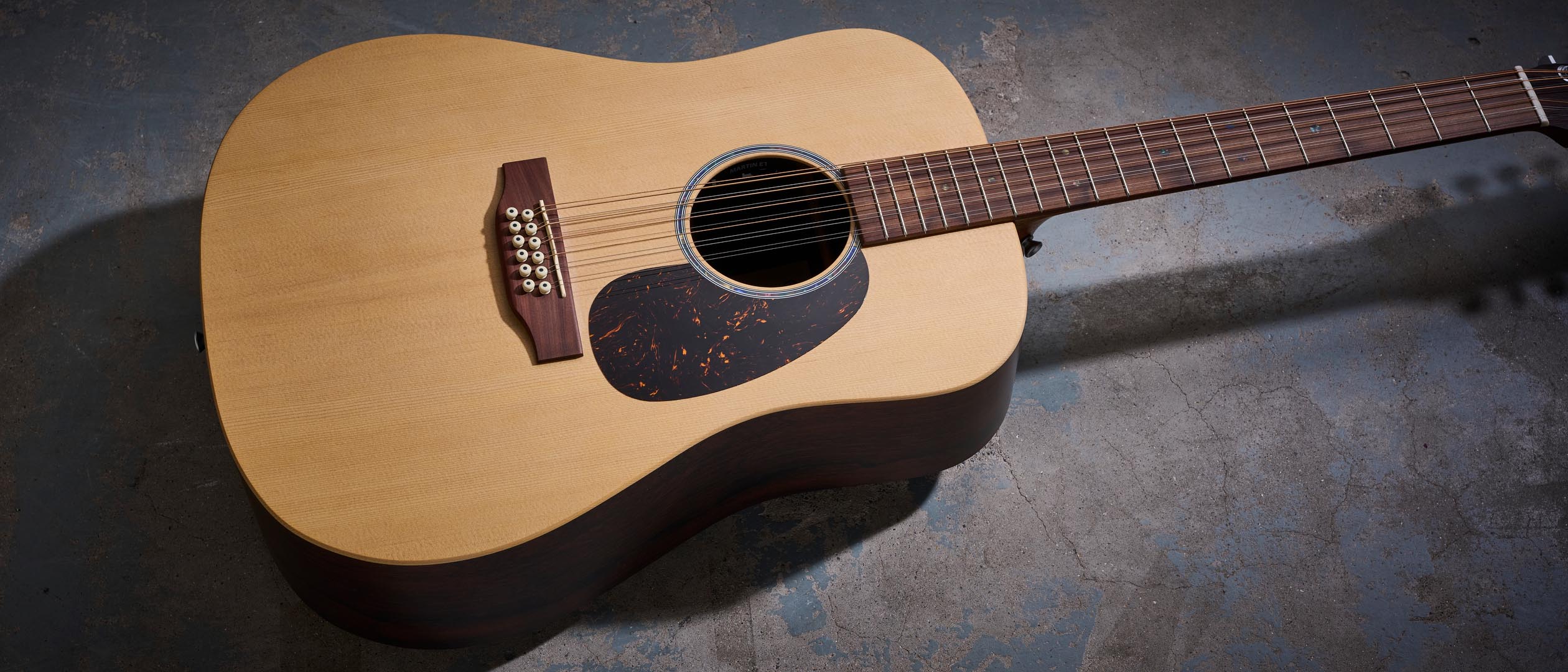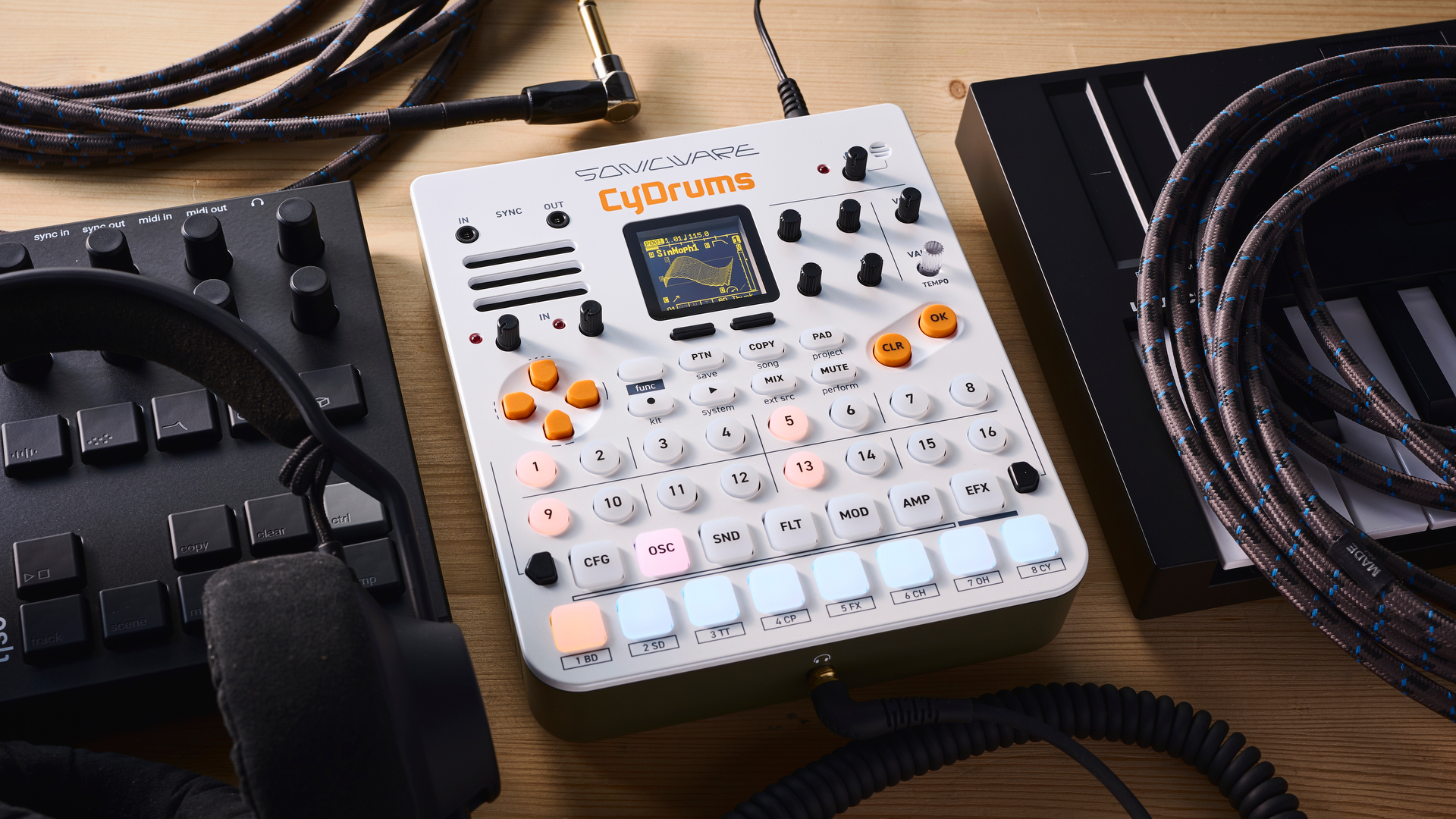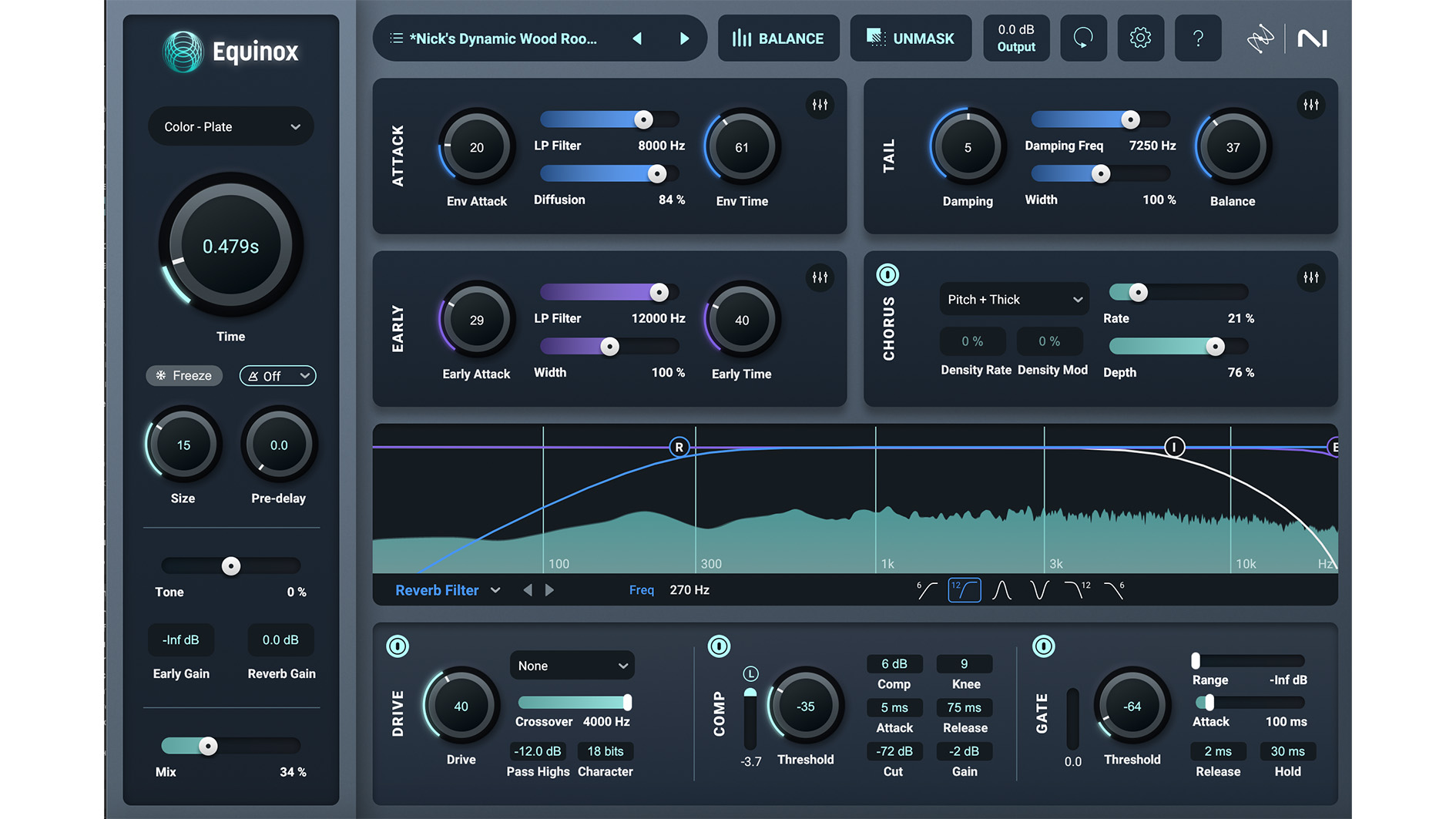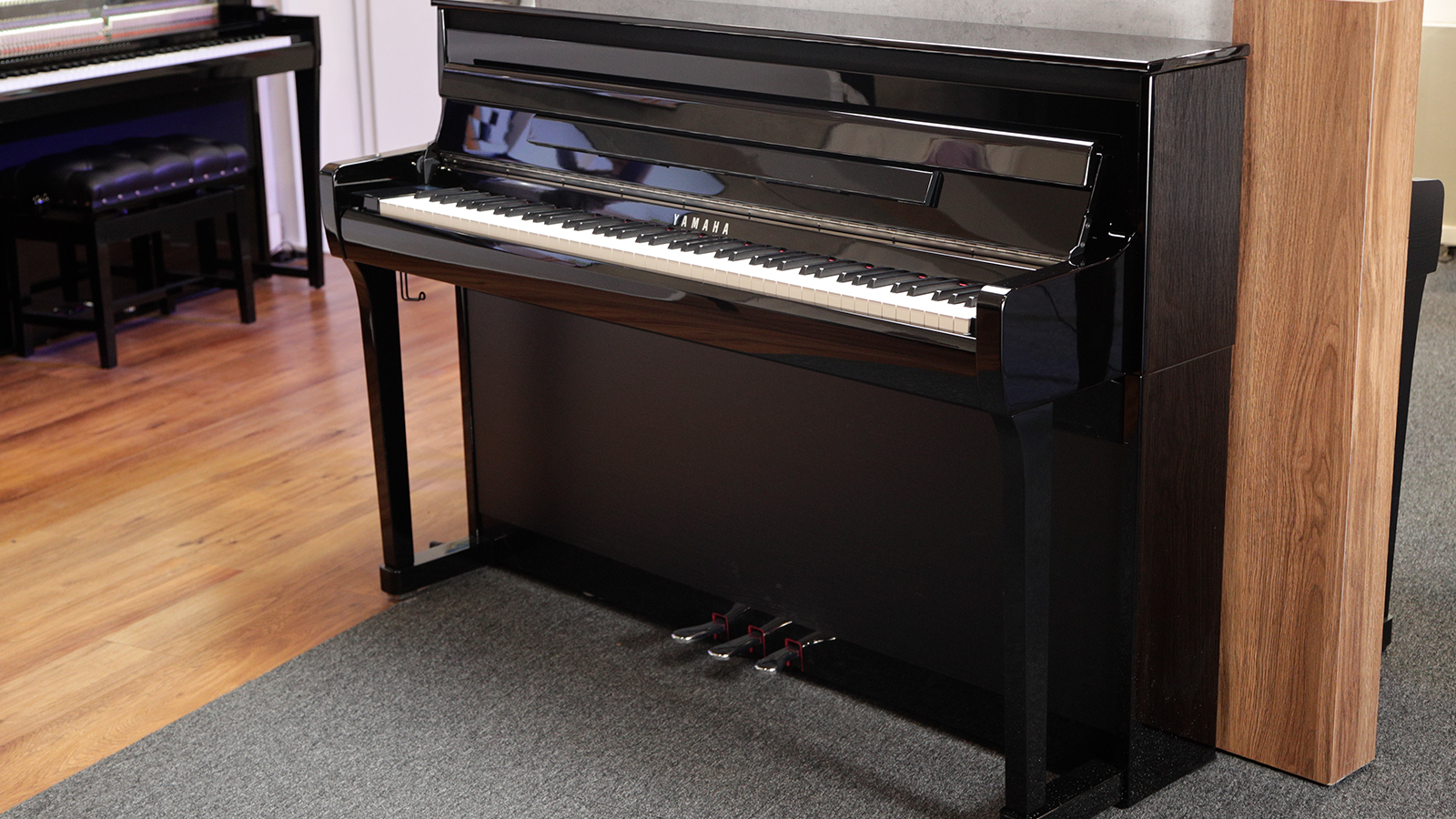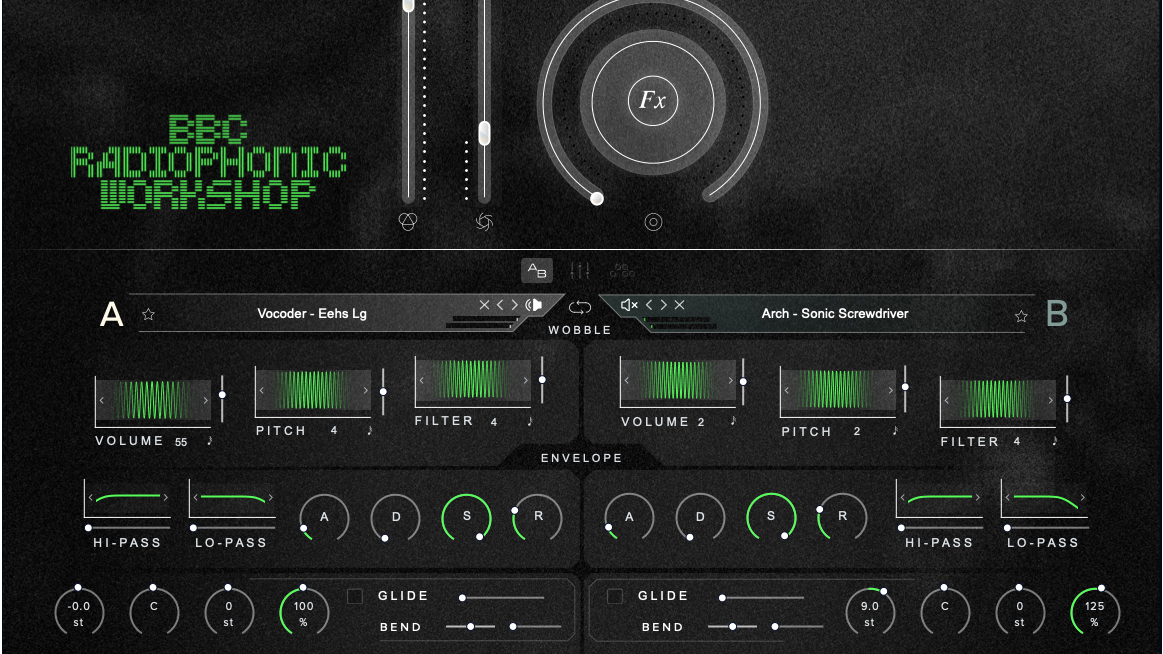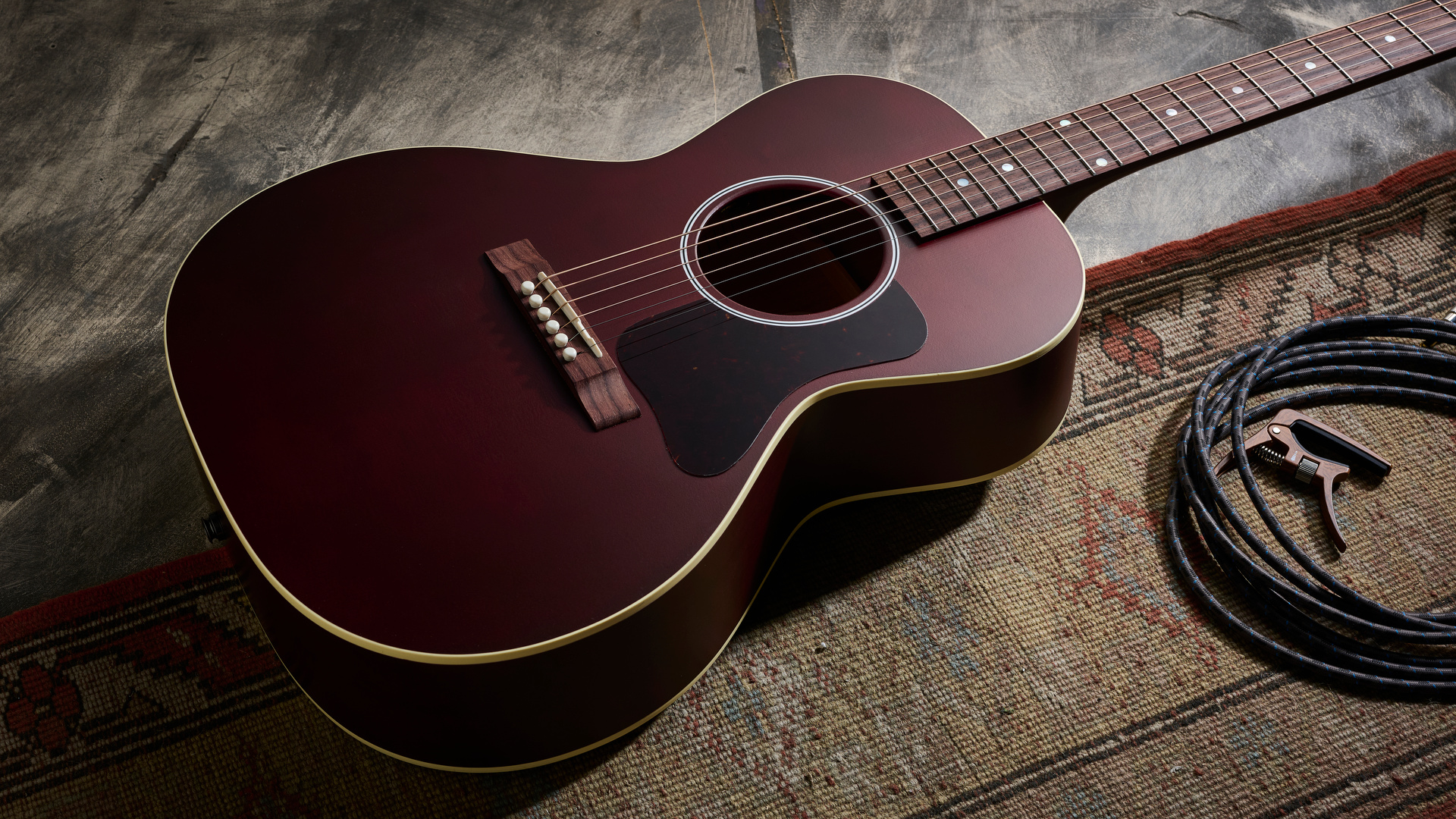MusicRadar Verdict
A £30 DI box can do the basic job, but this is the way to go if you are serious about capturing the highest possible quality of sound.
Pros
- +
Superb sound quality: clarity to the top end, thick bottom-end. Easy to use. Solid build.
Cons
- -
As usual, quality costs.
MusicRadar's got your back
The RNDI is a DI box that utilises Neve-designed transformers and class-A biased, discrete FET amplifiers to do the job of taking your instrument or line level signal and converting it to a signal suitable for the XLR mic input of a standalone preamp or console channel.
"In all the situations where we used the RNDI, the sound was excellent"
It features two modes - one handling instrument and line level signals, the other taking the output from a guitar amp to capture the tone of the preamp and power amp (a Thru output can route signal to the speaker).
The emphasis here is on sound quality and, in all the situations where we used the RNDI, the sound was excellent with plenty of thick bottom-end and a real clarity in the top.
Trevor Curwen has played guitar for several decades – he's also mimed it on the UK's Top of the Pops. Much of his working life, though, has been spent behind the mixing desk, during which time he has built up a solid collection of the guitars, amps and pedals needed to cover just about any studio session. He writes pedal reviews for Guitarist and has contributed to Total Guitar, MusicRadar and Future Music among others.
“A synthesizer that is both easy to use and fun to play whilst maintaining a decent degree of programming depth and flexibility”: PWM Mantis review
“I feel like that song had everything we needed to come back with”: Bring Me The Horizon’s Lee Malia on Shadow Moses, its riff and the secrets behind its tone, and why it was the right anthem at the right time
“I said, ‘Are we sure we can write a song about death?’”: The story of Mike + The Mechanics' classic No.1 The Living Years
